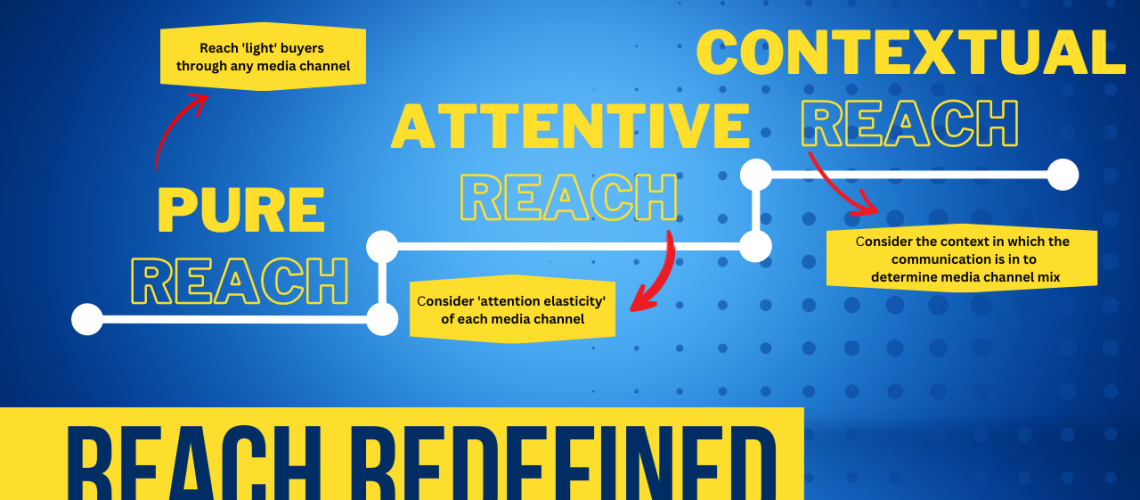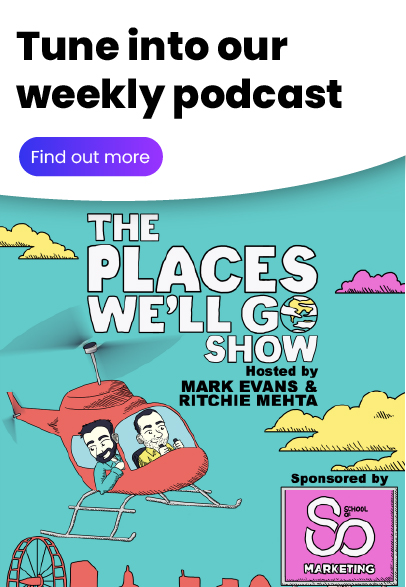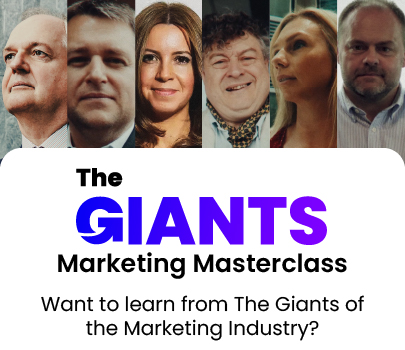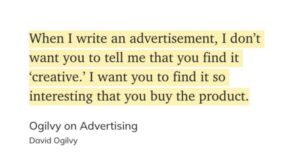One of the key tenets of the seminal book, How Brands Grow by Bryon Sharp, laid the foundations for the way we think about brand growth and penetration.
Pure Reach
The premise was in order to grow, a brand needed ‘reach’, let’s call it ‘Pure Reach’. Reach your ‘light’ buyers as they will be your ‘heavy’ buyers in the future.
Its neatly summed by in the banana diagram by Wiemer Snider, where he shows that its only very few people and certainly not enough to grow your brand will typically do a lot with you. While the vast majority of your customers will be light buyers and only do a little with you but these are the ones you should focus on and extend.
The logic is because the heavy buyers will use you anyways and if you target the light buyers some of them will turn into the heavy buyers and the cycle will continue.
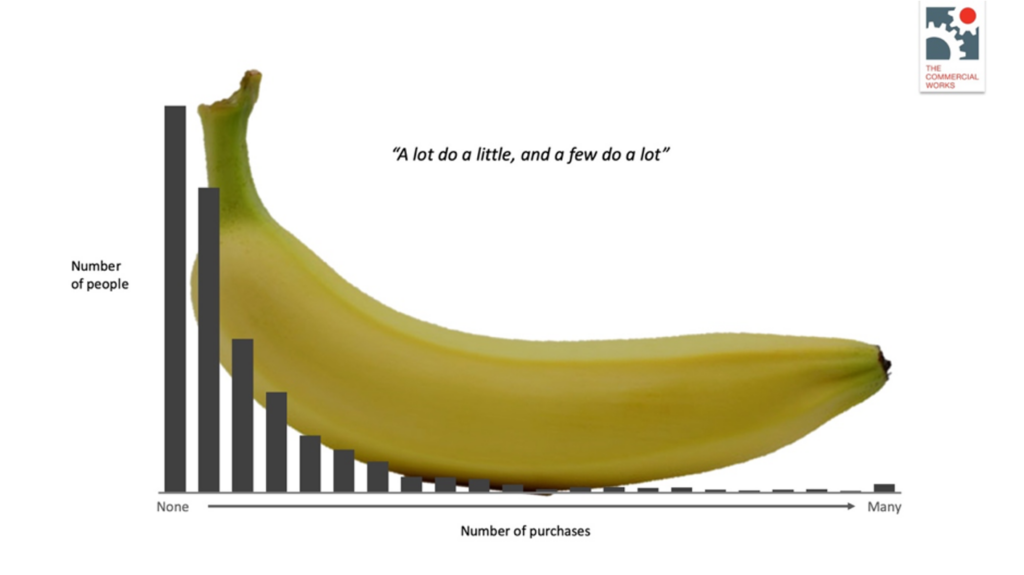
So the formula was: More eyeballs = more impact
The industry took to this like bees to honey and over the last decade, media planners everywhere looked at delivering the greatest reach for their clients, without much appreciation for the influence of the channels they pushed the communications through. In addition, not much heed was given to the intersections between channels which we know are so important, seen in the table below.
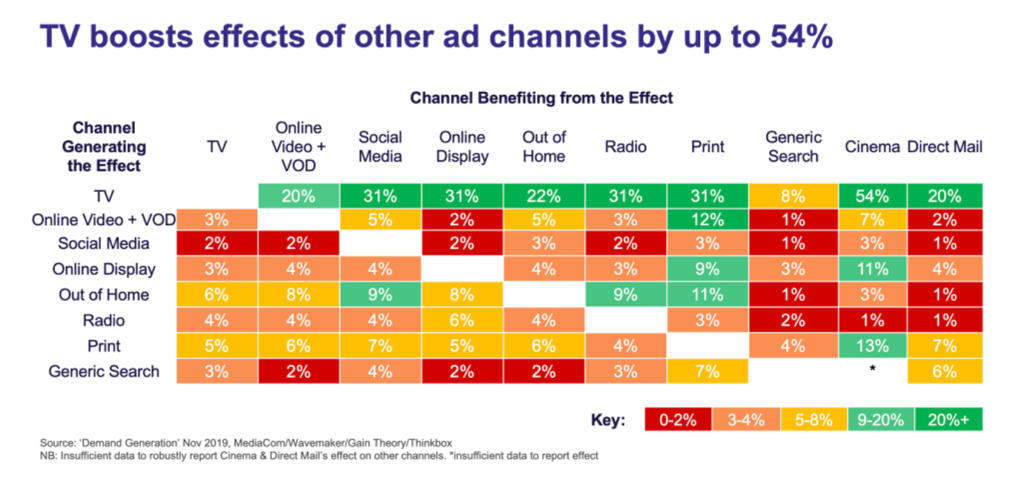

Attentive reach
This takes us to uncover the second instalment of ‘reach’ known as ‘attentive reach’. It’s baked in the understanding that simply going after ‘Pure Reach’ leads to a huge amount of wastage, since its impact is diluted and ineffective.
Research carried out by Karen Nelson-Field shows us that we must combine our reach efforts with levels of attention in order to have the most impact, known as ‘attention-elasticity’.
(Insert elasticity band)

She uncovered that different channels achieved different levels of attention within an elasticity band, regardless of the creative. Simply put, you could watch the same creative on one channel and you would give it a different level of your attention, compared to if you watched it on another. This was something that the ‘Pure Reach’ approach did not consider and has major implications for the industry.
Work by Lumen solidifies this line of thinking further, as their studies have shown us the average cost per attentive second different channels receive. This data has made significant strides forward for media planners that are not only looking at Pure Reach but now into the influence of the channel on attention, influence and re-call.
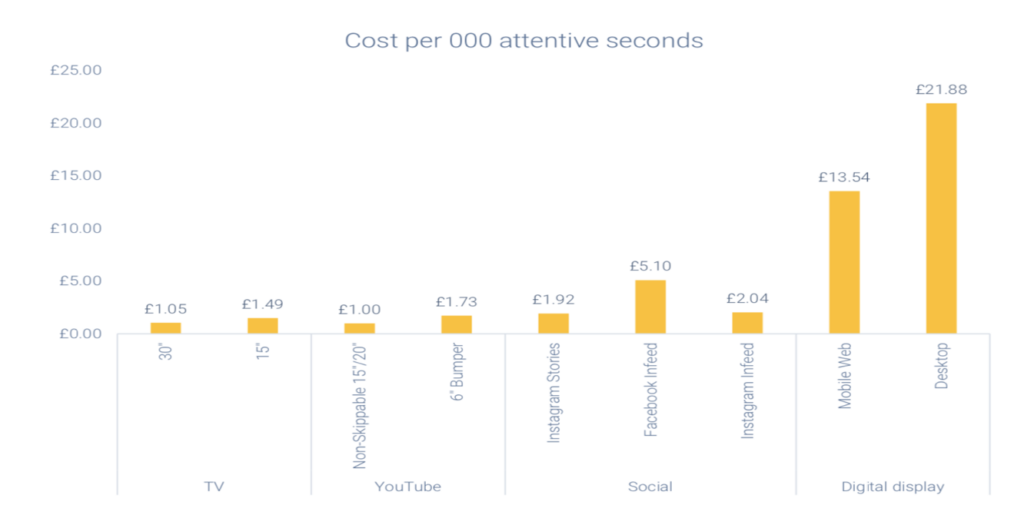
Why is this important? Its because Lumen shows that the more attention an advert receives the higher the levels of brand re-call and likely to purchase it will have.
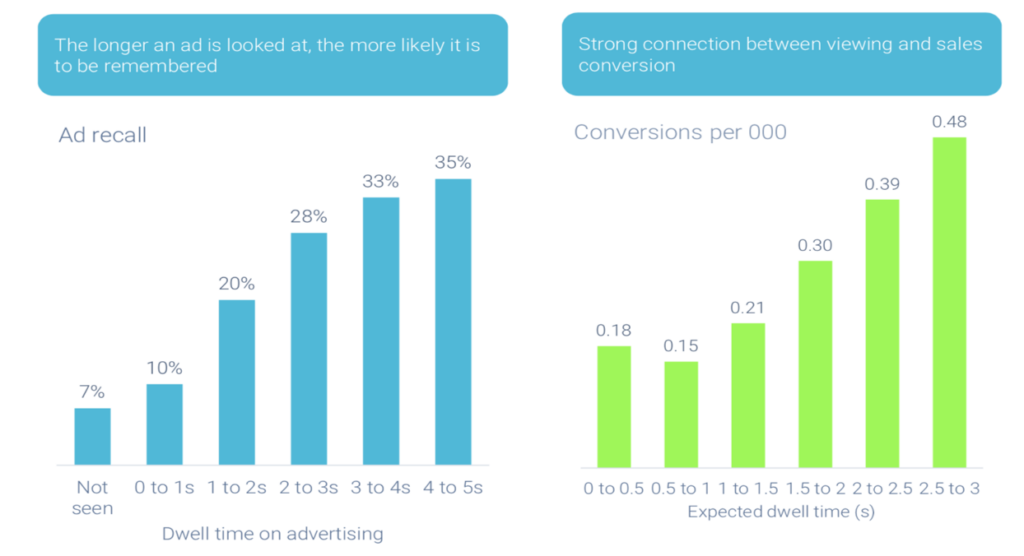
So you it’s now not only important to have ‘reach’ but to consider the channels that deliver you that reach to ensure you have the right amount of ‘attention’.
What is the right amount of attention?
Well, research conducted by Orlando Wood, Peter Field and Karen Nelson-Field, known as the attention-memory threshold suggest that an advert needs to have a minimum attention time of 2.5 seconds in order to begin to be effective. The issue is that they found that 85% of all communications do not achieve this threshold.
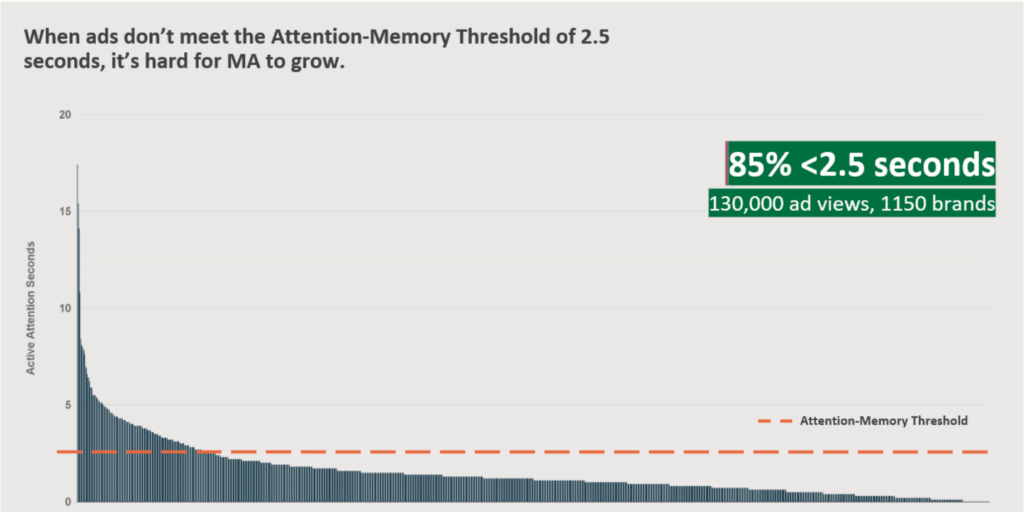
Contextual reach
You would have thought that it ends there, right? Well, not quite. The marketing landscape is constantly evolving and with it new insights continually being developed.
The latest research from Zenith UK, revealed on a WARC podcast, suggests some even greater insights to be aware of when media planning. The termed their approach ‘Right Reach’ and suggest that there are three factors to consider to achieve an even greater level of impact and commercial outcome:
- Level of attention: how long someone watched the advert
- Persistence: the extent to which the advert is watched to the end and shows up in-between shows that also are watched till the end
- Relevance: when a communication sits beside things related to the product or service ie more contextual
Zenith conducted a study of over 15 brands over 2 years and determined the statistical significance is far higher when you add in these three factors into your media planning vs a Pure Reach approach.
So there you have it. The world of media planning is constantly evolving and now its time to redefine your own approach to reach in order to deliver your brand objectives and outcomes.


